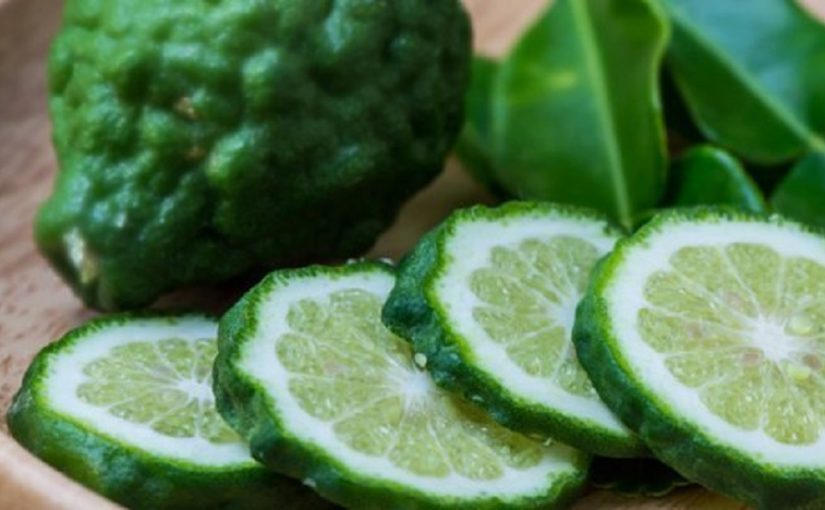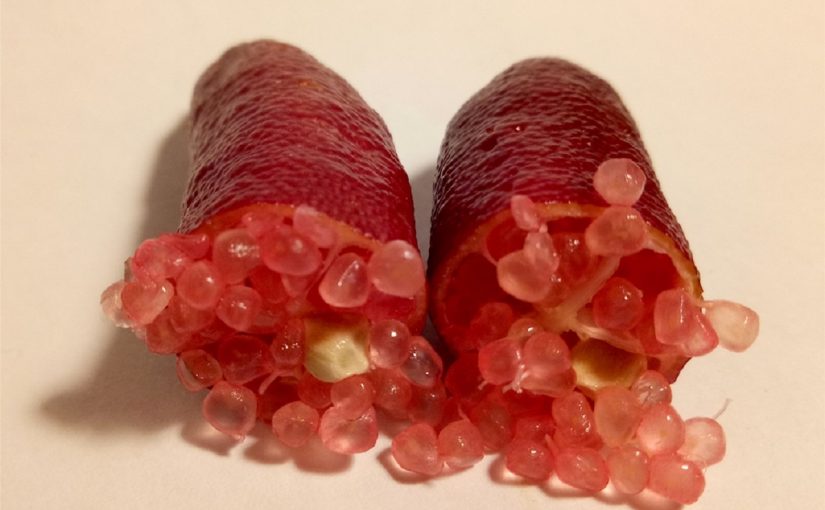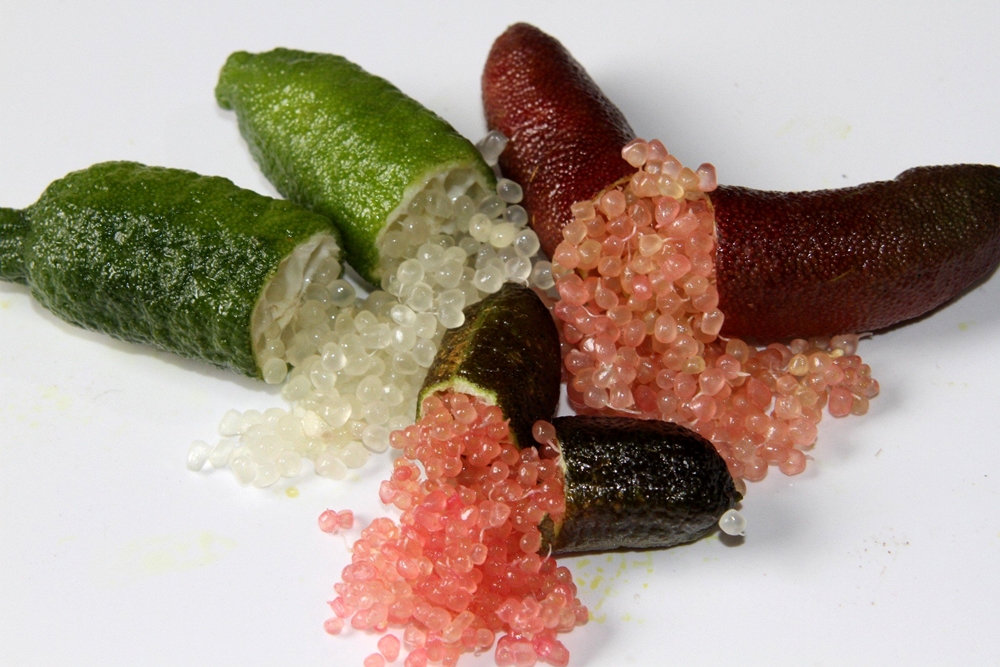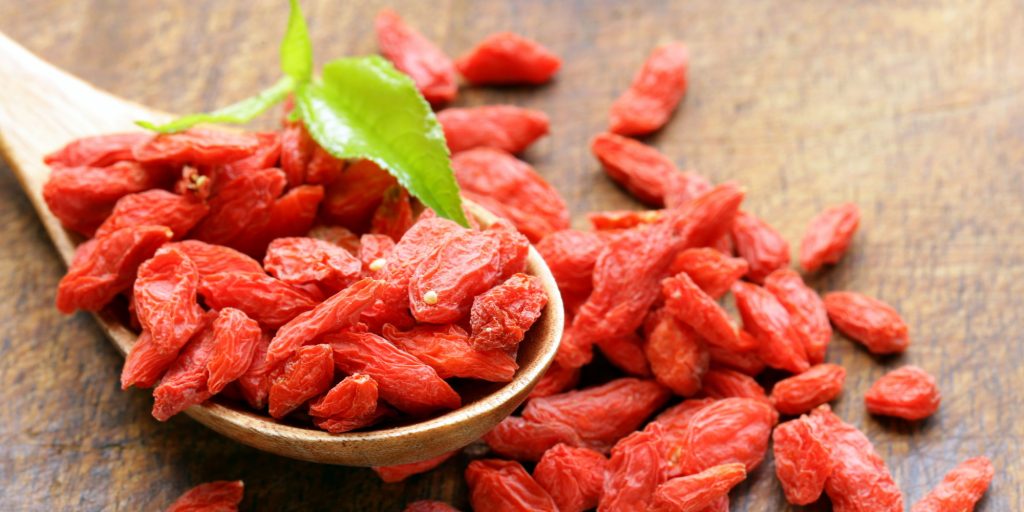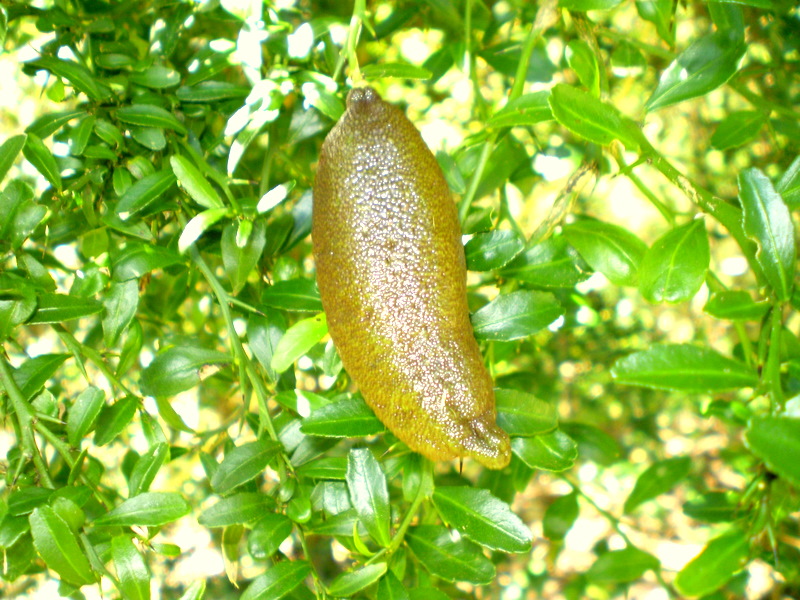3.3.2019
CALABRIAN BERGAMOT AS MEDICINE
The bergamot is nowadays included in the international anti-cholesterol guidelines. The green gold of Calabria can be used in the treatment of patients intolerant to statins or with metabolic syndrome (“statins”, also known as HMG-CoA reductase inhibitors, are a class of lipid-lowering medications. They reduce cardiovascular disease and mortality in those who are at high risk of cardiovascular disease).
Bergamot enters fully among the list of lipid-lowering nutraceuticals, both in national and international guidelines. Among the different factors, its reduction of total cholesterol and LDL-c (low density lipoprotein cholesterol) levels is an important help for reducing the risk of cardiovascular disease, the main cause of worldwide death and disability in developed countries.

An increase of cholesterol causes many diseases and is a general health problem, with a great economic impact: the expenditure of the Italian National Health Service for hypocholesterolemic therapies amounts to over a billion a year, while it reaches 15 billion euro for the management of cardiovascular diseases.
Based on statistics of Italian Institute ISTAT, population aging is expected to increase the likelihood of their incidence and prevalence in the near future; just think that the increase in chronic patients has led Italian healthcare spending to grow faster than the national health fund.
DRINKING JUICE AS PREVENTION
Inside this scenario, the nutritional supplement of Bergamot juice emerges as an excellent candidate to be included in a strategic framework of primary prevention, combining bergamot juice consumption with tools such as proper nutrition and sporting activity, inside the well known paradigm shift of prevention of diseases, instead of only a posteriori medical treatments.
The juice offers a wide spectrum beneficial for patients because it guarantees the maintenance of a healthy lifestyle and health conditions that prevent the establishment of chronic invalidating events.
As nutraceutical the bergamot is now included in the cardiometabolic area among the lipid-lowering factors, thanks to the contribution and work of a large panel of experts. In a recent scientific article, titled “Lipid lowering nutraceuticals in clinical practice: position paper from an international lipid expert panel” there are clinical studies on bergamot, which highlights its lipid-lowering effects in reducing the levels of sdLDL (cholesterol in small and dense lipoproteins) and TG (The Triglyceride) with a significant increase in HDL-c levels (the so-called good cholesterol).
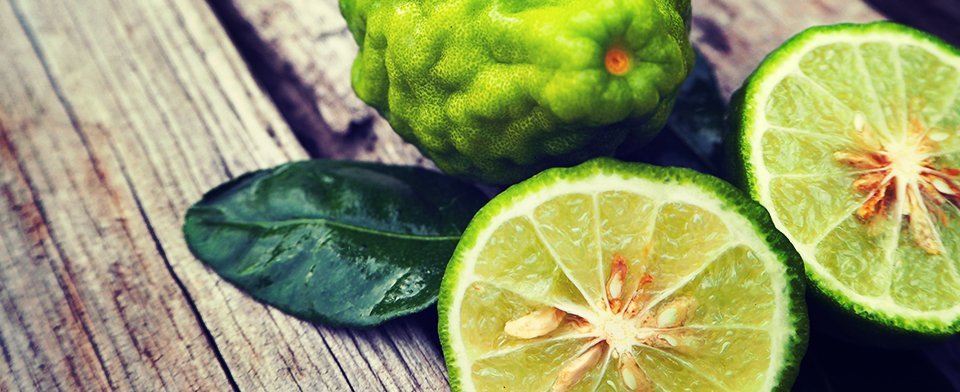
Some other studies have also been interested in evaluating the administration of bergamot derivatives in association with statins; the positive results showed significant efficacy in terms of reduction of LDL and TG levels. The absence of side effects has also promoted the bergamot as a valid substitute in those conditions of intolerance to statins, or in association with the latter to reach the therapeutic target, avoiding the typical side effects such as myalgia .
CONCLUSIONS
Therefore it is suggested the possibility of resorting to bergamot in the treatment of hypercholesterolemic and / or hypertriglycemic patients, intolerant to statins or with metabolic syndrome.
Drink this magnificent juice and Best wishes!

